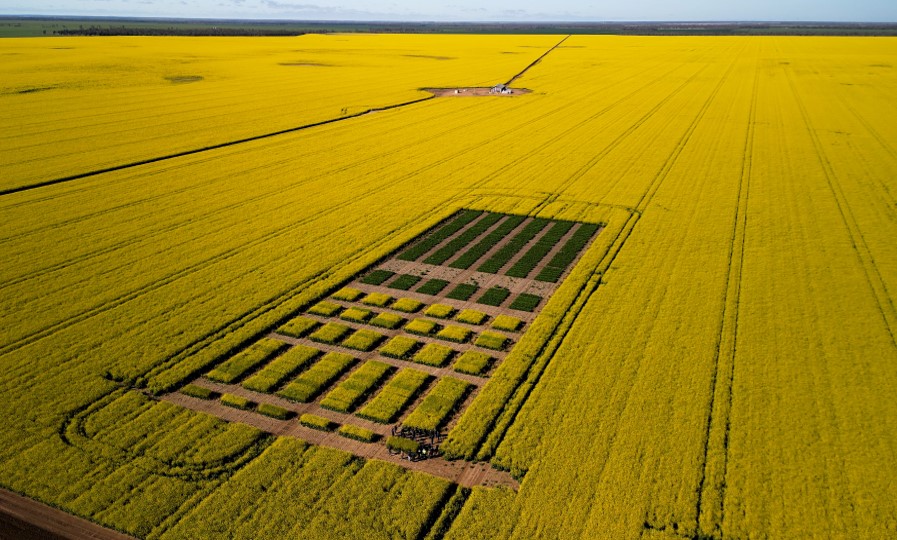Returns from agriculture a perfect storm of demographics, demand
04 September 2023

The following article was published in Financial Standard on 1 September 2023.
Demographic shifts, rising food demand, inflation hedging, and ongoing farm consolidation are revolutionising how the world produces food and invests in the agriculture sector.
Speaking at the AIST ASI Conference this week, Warakirri Asset Management managing director Jim McKay pointed out that the global population hit eight billion last year, and United Nations estimates an additional 500 million people by 2030. This demographic wave, notably with India recently becoming the world’s populous country, propels a long-term demand for agriculture.
McKay also stressed the significance of a burgeoning middle class in Asia. The World Economic Forum forecasts an increase of 1.5 billion people in the Asian middle class between 2020 and 2030.
“These tailwinds underpin long-term investments in food production and agriculture,” he said.
Rising global food demand is another unyielding force in the agricultural investment landscape.
“There’s only one number that you need to think about when it comes to food demand; each year, the world needs to find a new source of food supply, greater than the entire capacity in Australia’s grain production. Each year, the world needs to find 45 million tonnes of grain, just to keep up with population growth,” he said.
Limited global arable land is reaching its peak, according to a recent JLL report, making increasing productivity an essential driver for meeting skyrocketing food demand. But Australia is setting the pace in this area by funnelling capital into innovative farm technology, he added.
Meanwhile, as central banks struggle to control inflation, McKay highlighted that agricultural investments stand out as a proven inflation hedge. He noted their strong negative correlation with other economic sectors, adding another layer of attraction for investing in Australian agriculture.
“One hundred years of history has shown that farmland and agriculture commodities are one of the true inflation hedges showing very, very low correlation with other mainstream macro influences and investable markets. So, at a time when many other markets are quite volatile, we this as another tailwind for agricultural investment,” he said.
A final driver is productivity driven by consolidation. As the overall number of farms steadily declines, the average size of each farm is on the rise. This isn’t a coincidence but an inevitable consequence of economic principles: scale matters, and it’s this scale that’s driving productivity forward, McKay said.
“In Australia, fewer farms are producing more. Over the past 20 years, the number of farm businesses has halved whilst the value of output has doubled. Overall, 10% of Australia’s farmers produce 50% of the output,” McKay said.
“In our view, we see the opportunity for consolidation has a long way to run. We think we’re at the very early stages.”
